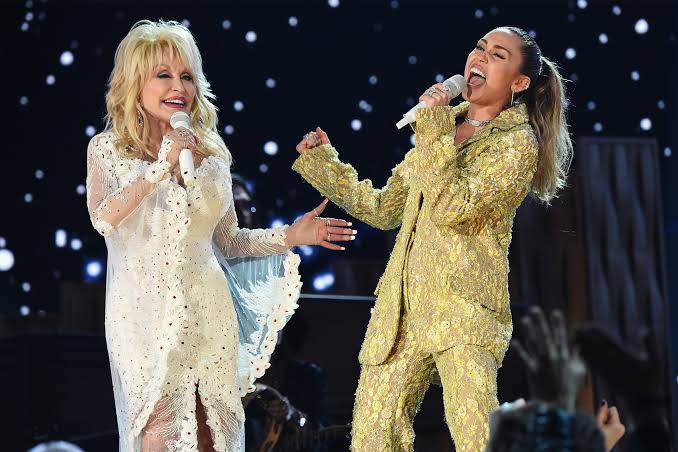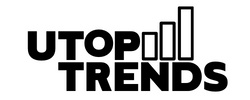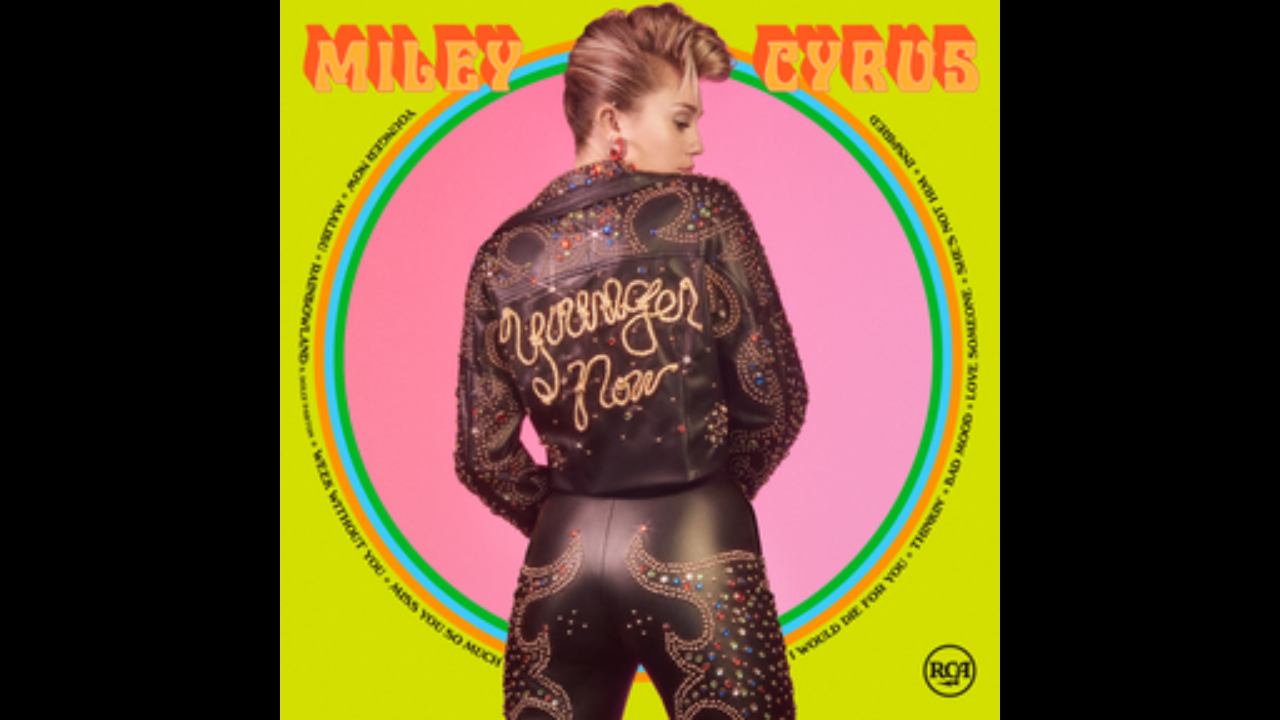The song “Rainbowland” by Miley Cyrus has been in the news lately due to Heyer Elementary School in Wisconsin forbidding first-graders from singing it. The “controversial” nature of the song’s lyrics led to the implementation of the prohibition. We will discuss the lyrics of “Rainbowland” and why they have generated so much controversy.
Detail examination and explanation of Miley Cyrus’ latest banned song.
Dolly Parton and Miley Cyrus collaborated on the single “Rainbowland.” It is a 2017 single from the “Younger Now” album by Miley Cyrus. The tune of the song, which honours inclusivity and diversity, is upbeat. It features lyrics such as “We are rainbows, me and you, every color, every hue” and “In my rainbowland, we’ll connect and understand”.
The song’s explicit mention of the LGBTQ+ community is what has caused all the controversy regarding it. Rainbows and the song’s title, “Rainbowland,” are mentioned in the verses. Since the rainbow has long been a symbol of the LGBTQ+ community, some have claimed that the song’s use of it promotes a “gay agenda.”

Disappointments from many people: singers, song writer & song producer
The song’s banning has infuriated many people, including Miley Cyrus herself. It’s a song about love, acceptance, and inclusion, and I believe that’s something that this world needs more of, Cyrus said in a statement to the media. She tweeted, “If we can’t teach our children love, acceptance, and kindness, then what are we teaching them? ” to voice her disappointment on social media.
“Mark Ronson, the song’s producer, and the Happy Hippie Foundation, a charity established by Cyrus to aid LGBTQ+ youth, have both criticised the ban. “We believe that music is a powerful tool for promoting love, acceptance, and inclusion, and we are disappointed to hear that ‘Rainbowland’ has been banned from Heyer Elementary School,” the foundation stated in a statement.
In conclusion, the “Rainbowland” controversy has drawn attention to the ongoing discussion about LGBTQ+ representation and liberties. Some might argue that the music is pushing a “gay agenda,”. But others see it as a celebration of inclusivity and diversity. Whatever one’s interpretation of the song might be, it is obvious that it has connected with many people. It has started a crucial discussion about the function of music in fostering love and acceptance.
For more such current affairs bookmark UTOPTRENDS.

